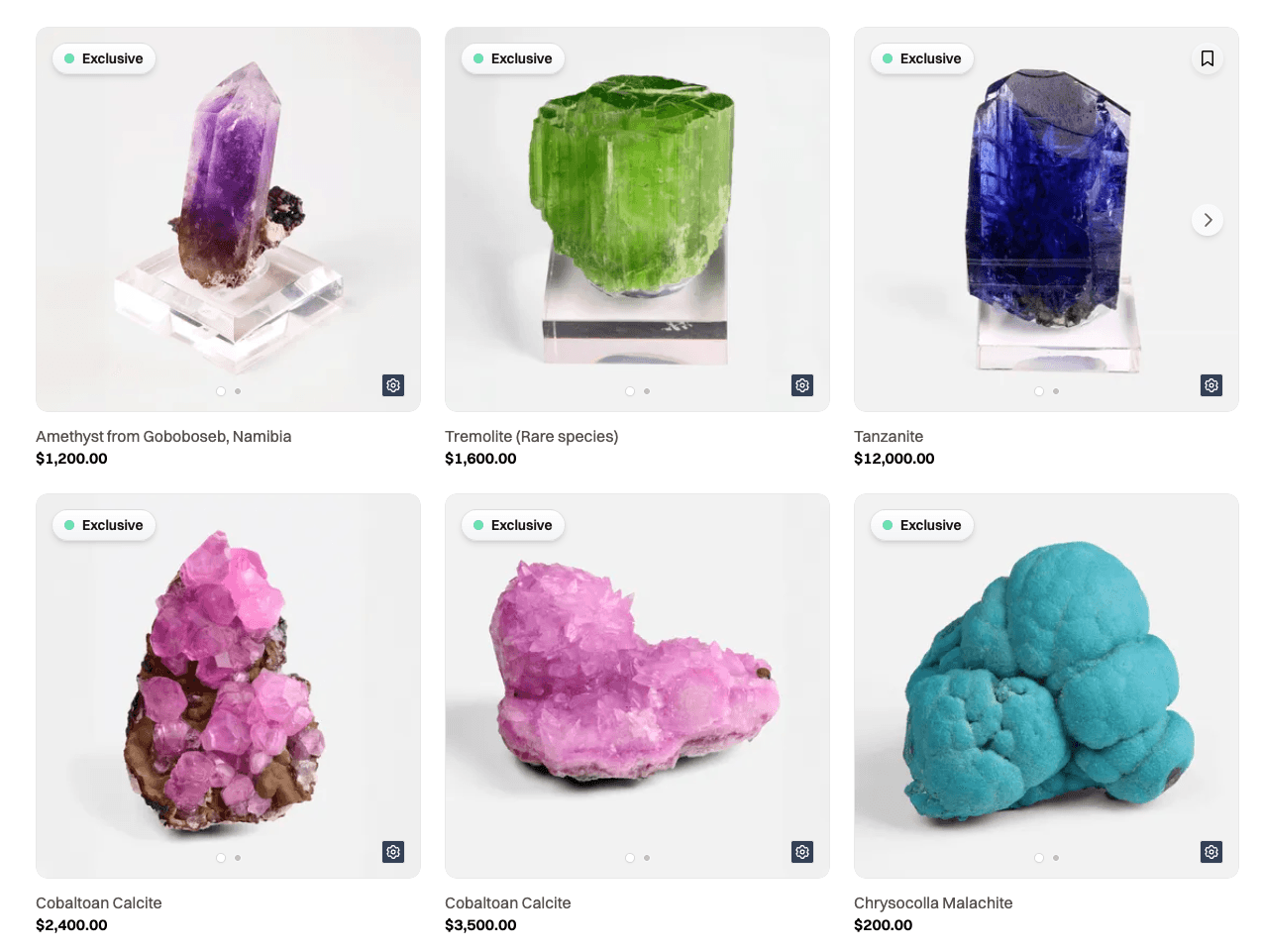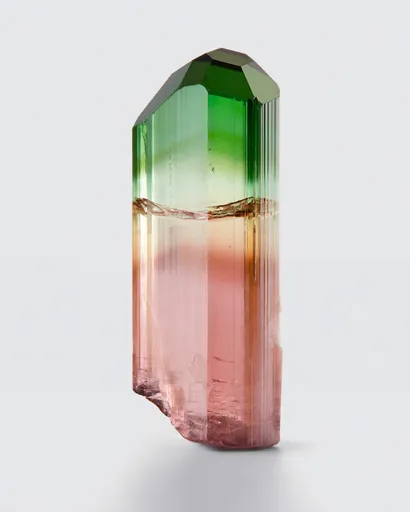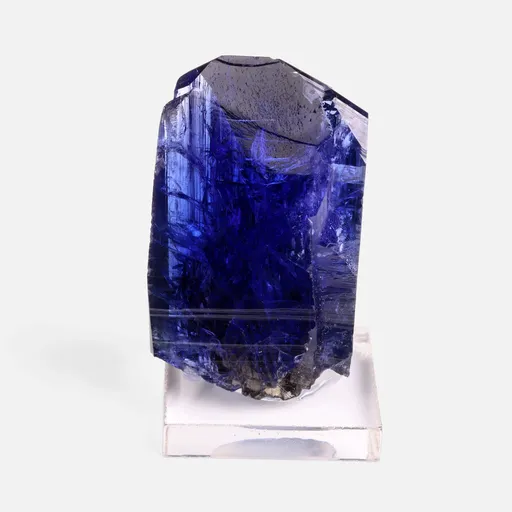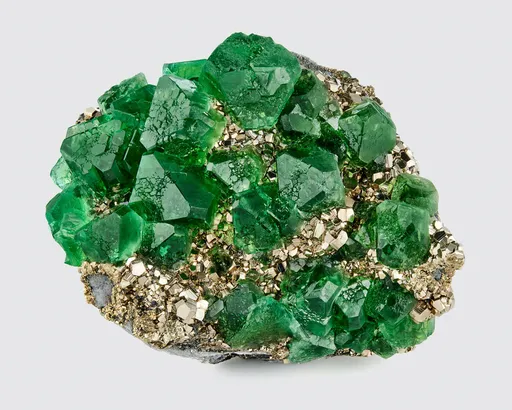Exclusive Listings, Rubaya Tourmalines, Tanzanite, Peruvian Fluorite | EarthWonders Newsletter #4
Every week we bring you new EarthWonders features and mineral locality spotlights. What localities and features do you want to see next? Tell us at newsletter@earthwonders.com or ping us on Instagram. If you are reading this and haven't subscribed to the newsletter - subscribe now and tell your collector friends! If you missed the previous issues of the newsletter - you can read it here.
Exclusive Listings on EarthWonders
We are super happy that collectors and dealers have trusted us to photograph and list their specimens on EarthWonders during the Tucson 2025 show! The number of listings is growing daily since we've allowed private collectors to sell their items. We are now highlighting Exclusive listings - items only available online on EarthWonders.
New Exclusive Online Store - Marcus Budil
We are excited to welcome Marcus Budil as the first store listing Exclusive on EarthWonders. We have carefully selected the first 14 items to photograph and list on EarthWonders - with a wide range of prices - from a super cute $200 DR Congo Miniature Chrysocolla to an impressive $500,000 Pederneira Tourmaline.
There was also some impressive RARE material in Marcus' gallery that we couldn't wait to get on the site, including an electric green Tremolite and a sturdy Freibergite.
See the other new exclusive items in the Marcus Budil Monaco store on EarthWonders.

New Localities
We are bringing you new mineral specimens every day with over 75 000 items for sale, in private collections and museums!
Enjoy this week's localities that bring the most striking blue and purple specimens we've seen at the Tucson show so far:
Email us or Instagram us your favourite localities and if you can't find them on EarthWonders we will work on them next!


